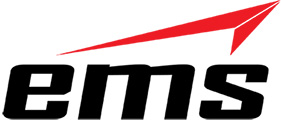 Last week, we introduced you to 3D scanning technology and all of its many uses. This week, we’re going to focus on how it actually works with technical specifications sure to appease even the most detail oriented among us.
Last week, we introduced you to 3D scanning technology and all of its many uses. This week, we’re going to focus on how it actually works with technical specifications sure to appease even the most detail oriented among us.
These scanners work in a variety of different ways but there are some aspects that are applicable across all different types. If short-range scanning is your goal, then you are likely talking about laser triangulation or structured light scanners. Laser triangulation involves the use of a laser line or point that runs across an object at close range. A sensor calculates the amount of light reflected off the object in order to draw a dot map of it on a computer. The other type of short range 3D scanning is structured light. It uses white or blue light to project patterns onto an object. The edges of each line is measured and the distance between the scanner and object is recorded to create a three-dimensional image.




